By Amit Roy
CORINNE FOWLER, who is professor of post-colonial literature at Leicester University, has written a hard-hitting book about racism in the countryside called Green Unpleasant Land: Creative Responses to Rural England’s Colonial Connections, which will be published by Peepal Tree Press on November 6.
“The countryside is the final frontier of belonging for black and Asian Britons,” Fowler said. “This is an opportunity for people to see that the countryside has more to do with the rest of the world than we all thought.”
The book’s title is a twist on the much loved lines from Blake’s Jerusalem: “I will not cease from mental fight/ Nor shall my sword sleep in my hand/ Till we have built Jerusalem/ In England’s green and pleasant land.”
Fowler, an independent academic, is also director of a project called “Colonial Countryside: National Trust Houses Reinterpreted”. She said while writing her book, she began “looking at different ways in which the British countryside is connected to the British Empire.
“And because of that chapter, I decided to go to the National Trust and partner with them on a project called ‘the colonial countryside’”.
She has been working with a cooperative National Trust, which looks after 300 stately homes and houses and which has decided to be much more transparent about their colonial connections, in a large number of cases with India. Quite a few of the properties were built by men who made their fortunes in India when Britain ruled the country.
Yet, according to Fowler, the millions who visit the National Trust properties are mostly unaware of their colonial links – something that is now being put right.
She gave an example – Basildon Park near Reading, “which was owned by Sir Francis Sykes, who was a bit of a right-hand man of Clive of India.
“You have Powis Castle in Wales which has a collection called the Clive collection, which belongs to the descendants of Clive of India. And they have things belonging to Tipu Sultan in that museum and many other objects which are extremely valuable and interesting to Indians.”
For the past seven years, the National Trust has been working on being more open about the dark chapters in Britain’s colonial history. The Black Lives Matter campaign, which wants some 70 statues removed, has given the National Trust’s process of revealing what was previously either hidden or just not published a fresh urgency.
The declared mission of the organisation, founded in 1895, is “to look after Places of Historic Interest or Natural Beauty permanently for the benefit of the nation across England, Wales and Northern Ireland”.
In a statement, it acknowledged: “For 500 years, British colonialism was fundamental to British social, economic, political, and cultural life. This was allied with a belief in white racial and cultural superiority. This is reflected across many National Trust places and collections.”
It said about Kedleston Hall in Derbyshire, on which Government House in Kolkata – it is the residence of the West Bengal governor – is based: “The display of Indian and other Asian objects in the ‘Eastern Museum’ at Kedleston Hall is a testament to British imperialism in India at the turn of the 19th and 20th centuries.
“The objects were acquired by George Curzon (1859-1925), viceroy of India, 1899–1905. By all accounts, Curzon had a passion for Indian art and artefacts, but in recent years we have recognised that our method of display of objects was culturally insensitive. A new project is under way to work with experts in Asian art and history as well as Asian communities to research, interpret and redisplay the collection as much more than the beautiful spoils of Empire.”
Fowler provided examples of other Indian connections: “There is Charlecote Park near Stratford-upon-Avon, which has an Indian dress sword which was given to the lady of the house by her son-in-law, who fought in Lucknow in 1857. There’s another place Hatchlands Park, with a number of owners who had strong East India Company connections.”
Chartwell, famous for being Winston Churchill’s countryside residence, is also working on the wartime leader’s not very glorious Indian associations, including allegedly aggravating the effects of the Bengal Famine of 1943.
Fowler said: “Churchill has bcome very contentious in Britain all of a sudden. There was a bit of a scuffle over his statue between young campaigners and people who felt that they had to come to his defence.”
She said of the history taught in schools: “It’s very sad that our curriculum misses out some very important history in the way that we relate it to the rest of the world. I think there’s a 400-year gap in our knowledge collectively about Britain, and that covers the colonial period.
“We know all about the Battle of Hastings, the Tudors and World War One and Two, and maybe the Russian Revolution, but we don’t really know much collectively about the other parts of our history.
“There’s a little bit about slavery but that is dominated by Britain’s role in abolition. What it doesn’t do is focus on Britain’s involvement for hundreds of years in transatlantic slavery.
She added: “It certainly doesn’t focus much on Partition. And this is a real problem, because Partition is very relevant to lots of children growing up in Britain today who have Indian heritage and living relatives with memories of Partition.”
The National Trust is going for relabeling rather than removal of objects.
“There are a number of things that the National Trust is very interested in doing. First of all is integrating the relevant colonial history into its main account of each house,” Fowler said.
“It’s most likely to be relabeling and providing the full historical context for these items which relate to the British Empire. But the relabeling is done collectively with historians, source communities and others who now have an interest in contributing to that process. So it’s a bit more democratic. But it’s also historically rigorous.”





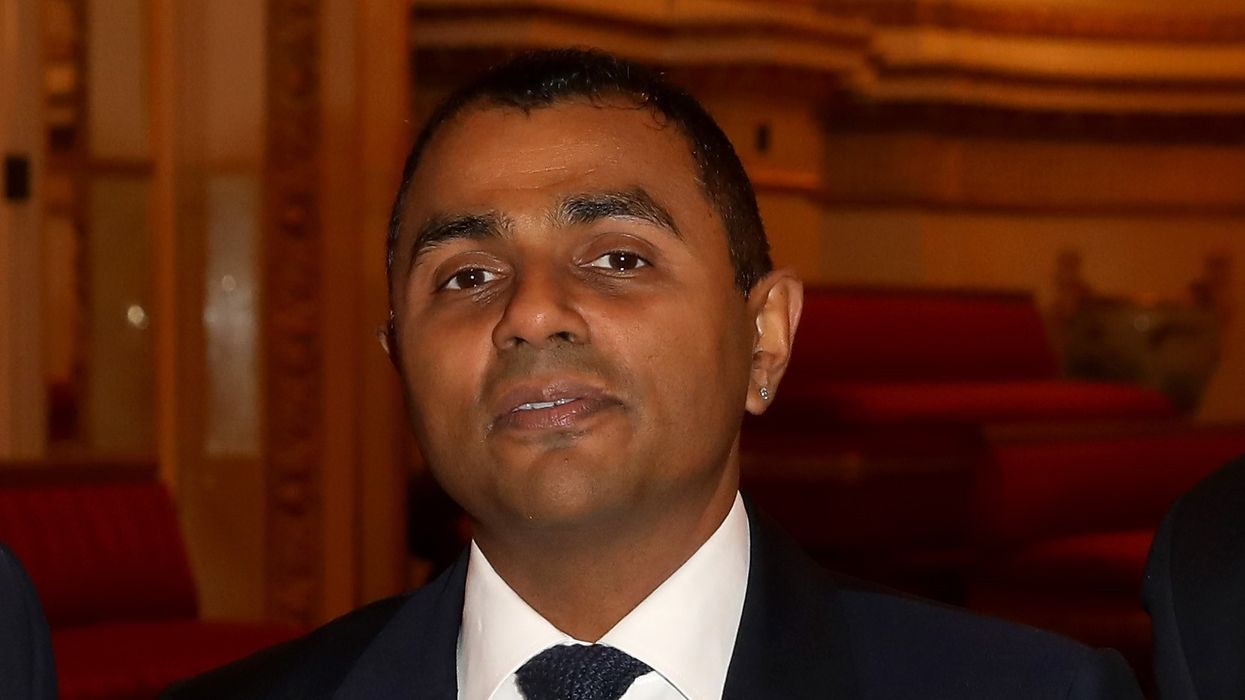

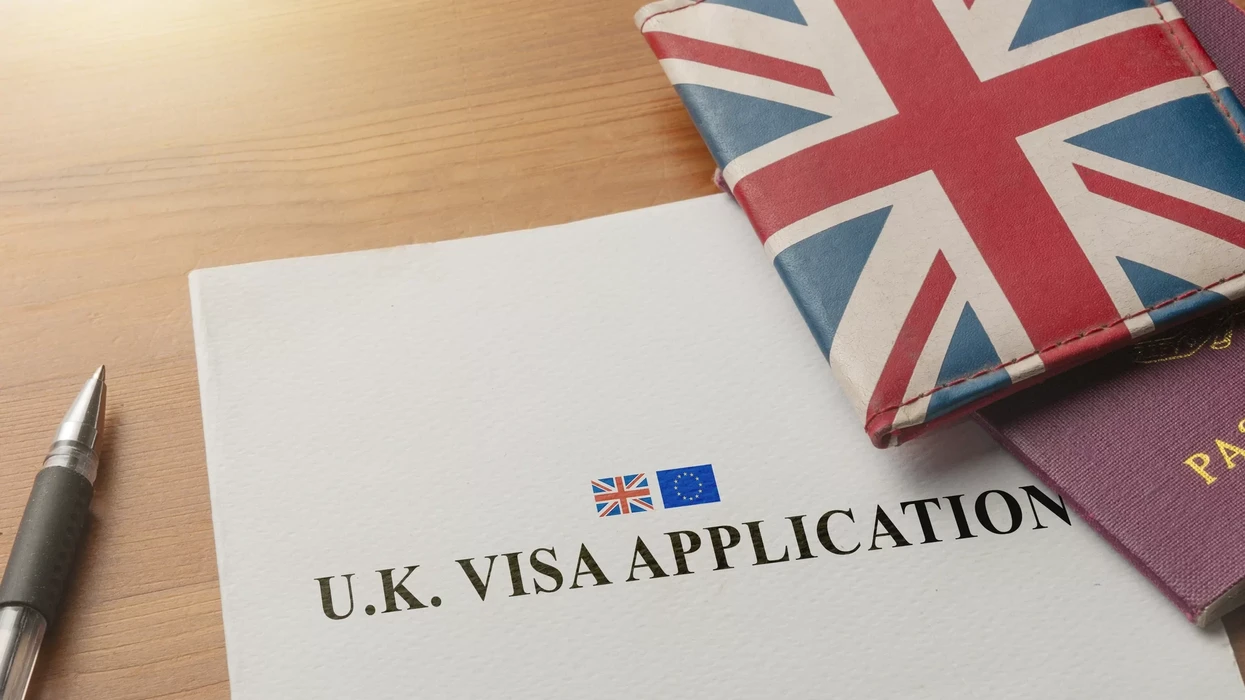
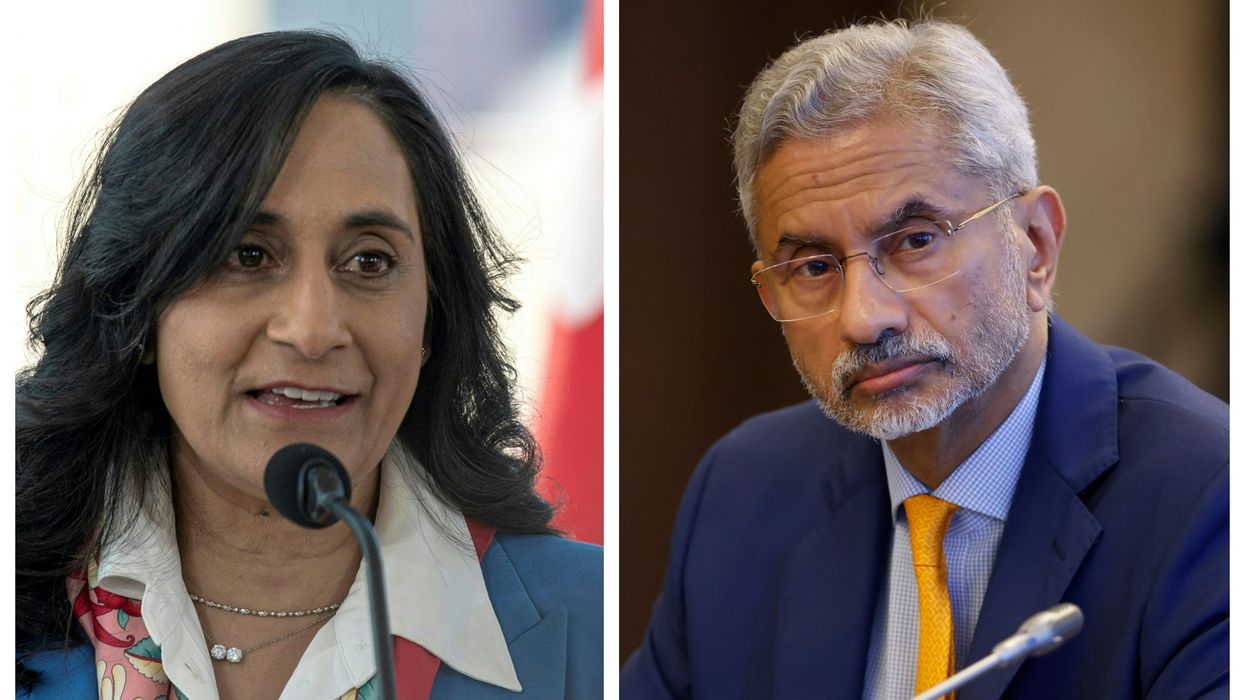


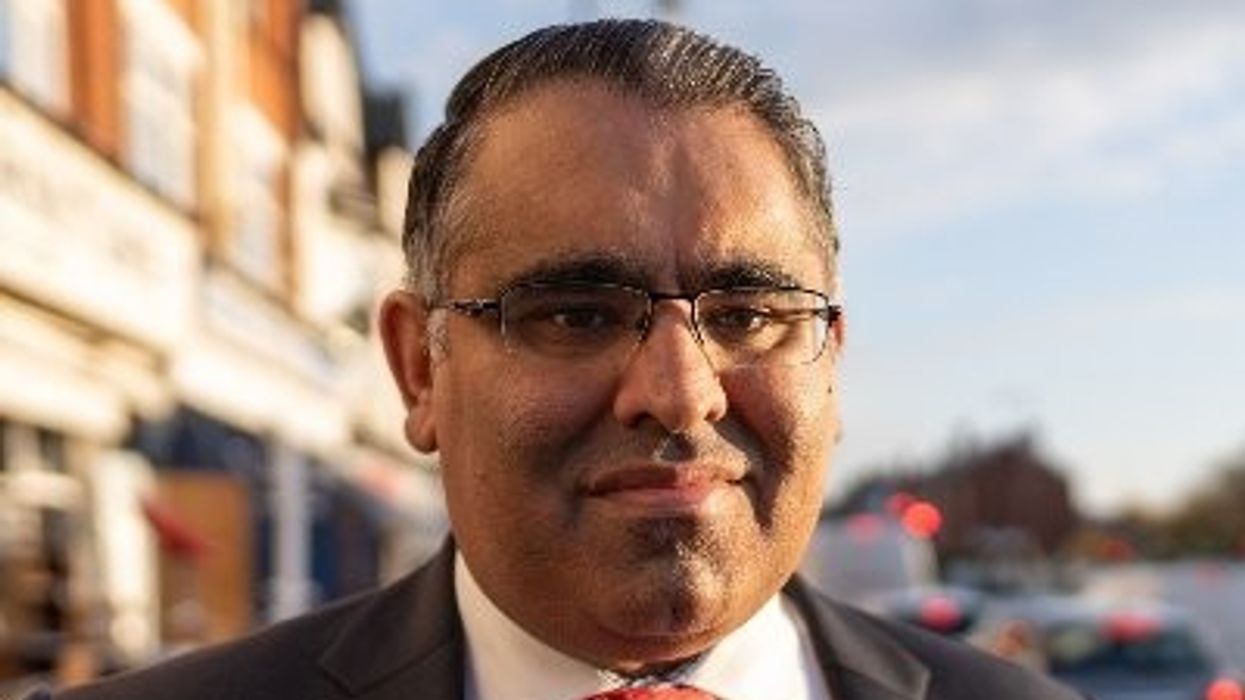

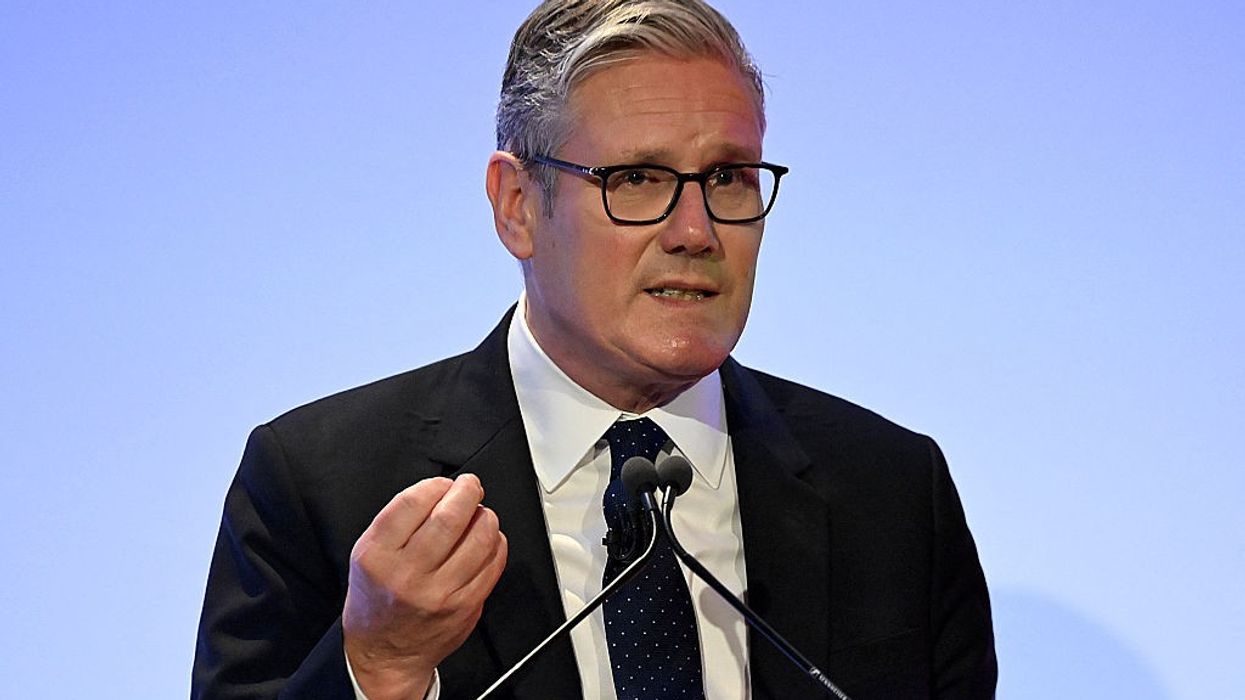


 Kulsuma Aktergetty images
Kulsuma Aktergetty images
Police may probe anti-Israel comments at Glastonbury